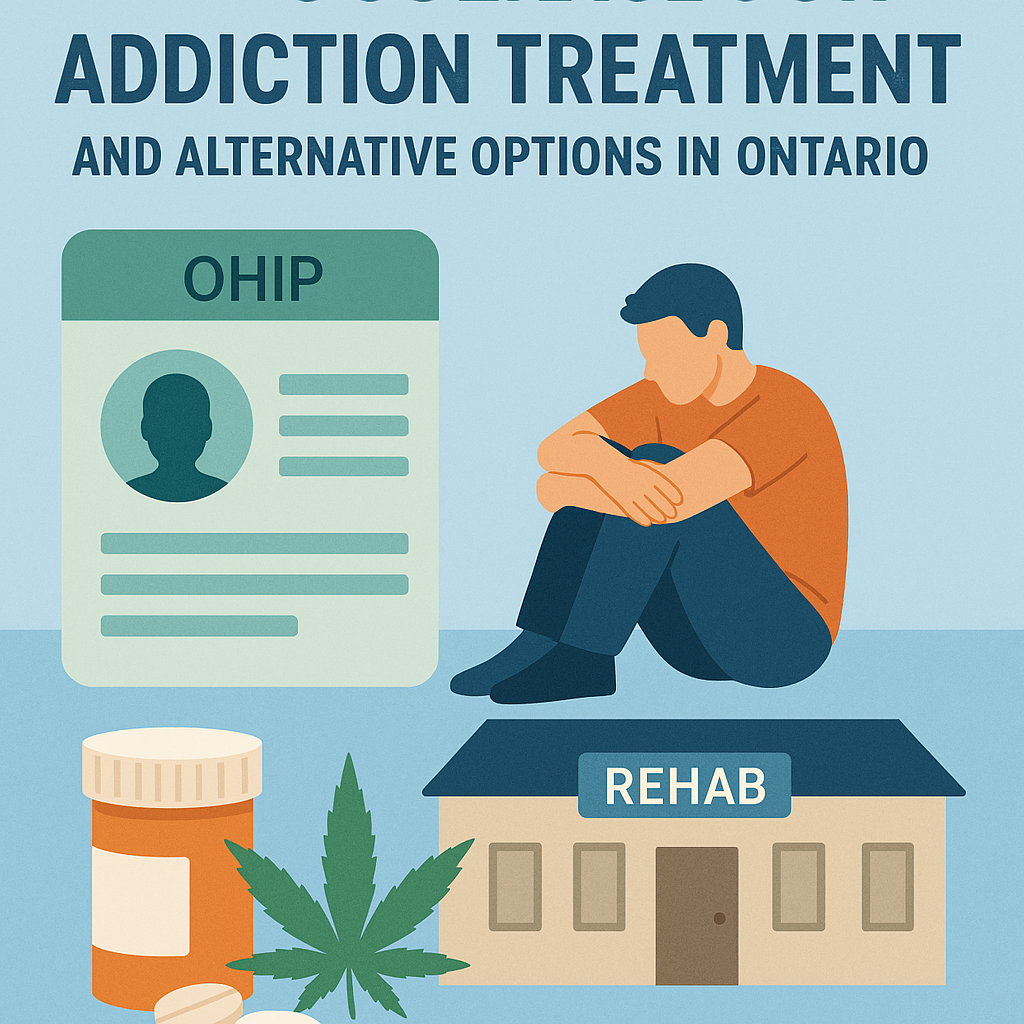Canada, often recognized for its quality healthcare system and high standard of living, faces a less publicized but equally urgent challenge: the opioid pandemic. This crisis has reached every corner of the nation, affecting people from all walks of life. This blog aims to unpack the gravity of the issue and explore potential solutions to mitigate its impact.
The Scope of the Crisis
The opioid pandemic in Canada is staggering in its reach and devastating in its effects. Data show an unprecedented surge in opioid-related overdoses, with deaths numbering in the thousands each year. Not limited to any particular demographic or region, this crisis has strained healthcare systems and devastated communities across the nation.
Contributing Factors
Understanding the root causes of the opioid crisis involves examining a complex network of factors. Over-prescription of pain medication, the illicit drug trade, and lack of access to proper treatment services collectively contribute to the issue. Economic instability and mental health disorders further exacerbate the problem, making it a multi-dimensional crisis that requires a multi-faceted solution.
Current Measures and Their Limitations
Various strategies, ranging from harm reduction programs like supervised consumption sites to increased regulation of opioid prescriptions, have been implemented. However, while these measures have had some success in reducing the immediate harm, they have not sufficiently addressed the root causes of addiction. The crisis continues to escalate, indicating a need for more comprehensive solutions.
Towards a Holistic Approach
A multi-pronged strategy that encompasses prevention, treatment, and aftercare is vital to combat the opioid crisis effectively. Prevention should start with better education on the risks associated with opioid use and stricter regulations on prescription practices. Simultaneously, affordable and easily accessible treatment services need to be made available for those already struggling with addiction. Aftercare, including long-term support and employment opportunities, is crucial to prevent relapses and reintegrate individuals into society.
Incorporating Technological Solutions
The role of technology in combating the opioid crisis should not be overlooked. Data analytics can help in monitoring prescription patterns, thereby identifying potential abuse. Telemedicine could make treatment more accessible, especially for those in remote areas. Moreover, apps that provide real-time information about treatment options and emergency services can prove invaluable in saving lives.
Government and Community Collaboration
Effectively addressing the opioid pandemic in Canada requires a collaborative effort that involves federal and provincial governments, healthcare providers, and communities. Policies should be evidence-based, focusing on both short-term harm reduction and long-term solutions. Public awareness campaigns, community outreach programs, and academic research are all integral parts of this collective action.
Conclusion
The opioid pandemic in Canada is a crisis that cannot be ignored. It calls for immediate and comprehensive action that goes beyond surface-level solutions. By understanding the multi-faceted nature of the issue and implementing a holistic approach that includes prevention, treatment, and aftercare, there is hope for turning the tide. Technology and community involvement can bolster these efforts, offering a multifaceted strategy to tackle this urgent problem effectively.





